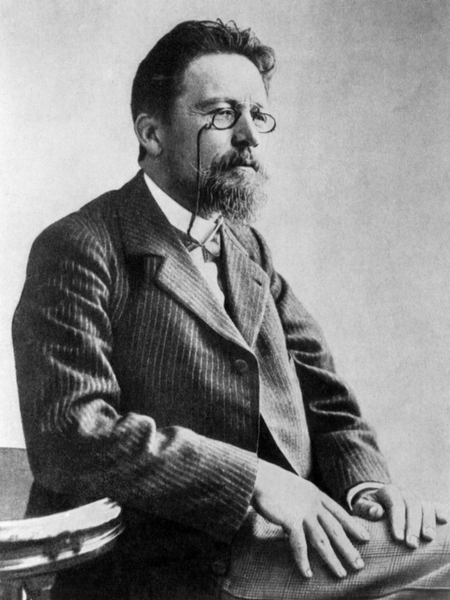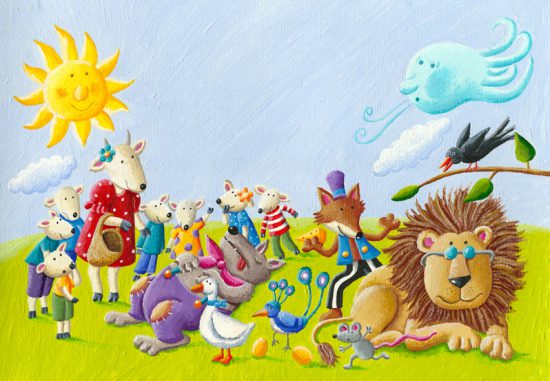Learning, real learning, the kind that sinks into the long term memory and builds synapses in your brain, does not have to be long and boring. It doesn’t have to be about trying not to squirm in your chair and longing for the bell to ring—for class to be over. In fact, that isn’t any kind of learning at all.
But you knew that.
Here’s a little secret (or maybe not): a decent learning session doesn’t have to be lengthy—it only has to have impact. Short and sweet actually does work. And we’re here to give you a taste of what a child can learn in a short span of time, as long as he or she has got a smartphone and connectivity.
We begin with literature. In this case, short stories, some of them only a single page long (er, short). From Ursula K. Le Guin to Margaret Atwood to Alice Munro, your child can get that quickie literature fix over lunch. And that’s actually the title of this web page filled with links to short stories: 14 Brilliant Pieces of Literature You Can Read in the Time it Takes to Eat Lunch.

The neat thing about this is your child can’t possibly turn you down if you say, “How about reading just ONE PAGE of literature?”
And soon enough your kid will be hooked and wanting more, more, more. That’s the hope, anyway. But if not, let’s move on to something else. Something more primal. Like, for instance, the universe.
Do you remember looking up at the stars as a kid and trying to understand the scope of the heavens? It’s something we all did as kids and maybe even as adults. The sky contains this great unknown world we can’t touch, smell, or taste. We can’t hear the imagined “whoosh” of a falling star and we can only just barely see the stars, the moon, and the sun. As a result, there is a certain mystique about the universe that only seems to deepen as we seek to learn more.
You’re Not Sirius
Lucky for us, the folks at NASA created an interactive web page that offers up a glimpse of the true scale of the universe. You use the scroll button on your mouse to zoom in and out as quickly and if there’s something of particular interest, you click on the object to read a short description. Just the act of zooming in and out is fun and we’ll admit that a few of the items piqued our most, um, Sirius interest.

Remember Aesop’s Fables? The Just So stories? These fairy tales stretched our imaginations because they let us get into an animal’s head.

Honest Toddler, on the other hand, allows us to get into the head of a toddler—that is, a toddler capable of writing really, really well. We like Honest Toddler because it stretches the mind. Does your child like to write stories? Why not show him Open Letter to The Child I Hit at the Park, and then have him write a similar letter with a different theme?

Perhaps your child could write a letter to the elderly person sitting on a bench at the park. Or a letter to the woman squeezing all the fruit at the supermarket. Writing exercises are about trying out new techniques and we think writing letters in the voice of a toddler is a winner, especially for budding young writers.
Watching a television show, have you ever thought, “That character is ME!” If you have a left-handed child, we have a feeling he’ll feel the same way when you show him 23 Soul-Crushing Problems Only Left-Handed People Understand. This page definitely fits our quickie education theme, made up as it is of quick little tantalizing bits of “Hey! That’s ME!” for the left-handed.
These are all the things the rest of us people don’t think about: the way school desks are made for RIGHT-HANDED PEOPLE, the way lefties gets circle imprints on their arms when using spiral notebooks, and the way scissors just don’t fit their hands.

Have you ever sat through a lecture or an endless television show and tried not to yawn? Maybe other people are paying attention, but you got the message ten minutes ago.
Well, that’s why we loved these great short commercials that get the message across, fast. We think your child will love them, too. Watch them together.
Now ask your child what he thinks of these commercials. Are they effective? Do they make the consumer want to purchase the products? Do shorter commercials have more impact? For extra points, ask your child to come up with a storyboard for a short and effective commercial for a new product. Then have him create a video based on the storyboard.
This too, is learning.
Editor’s note: This post was originally published June 12, 2014 and has been completely revised and updated for accuracy and scope.
